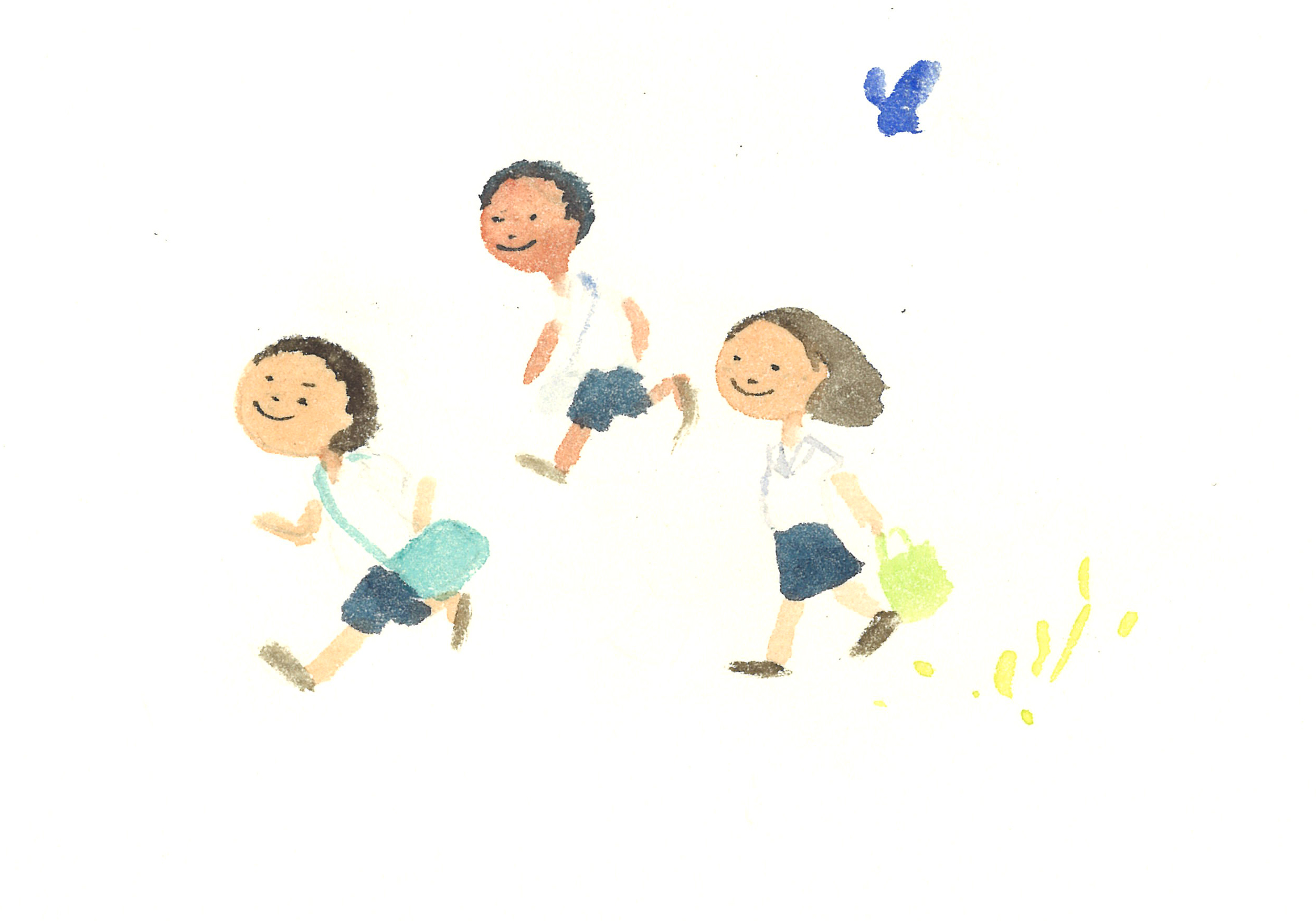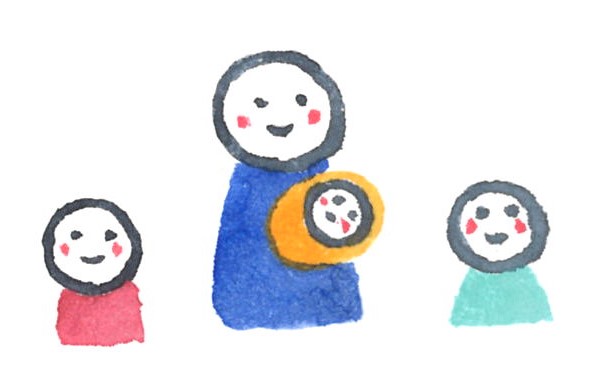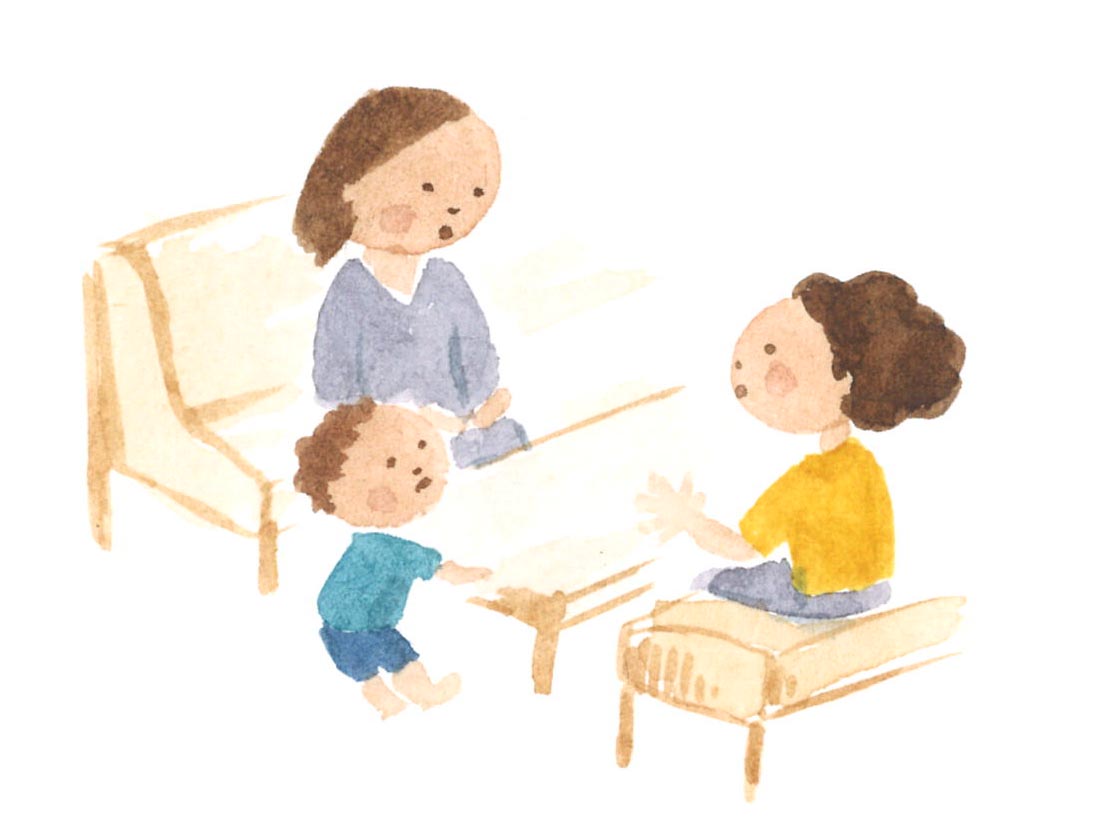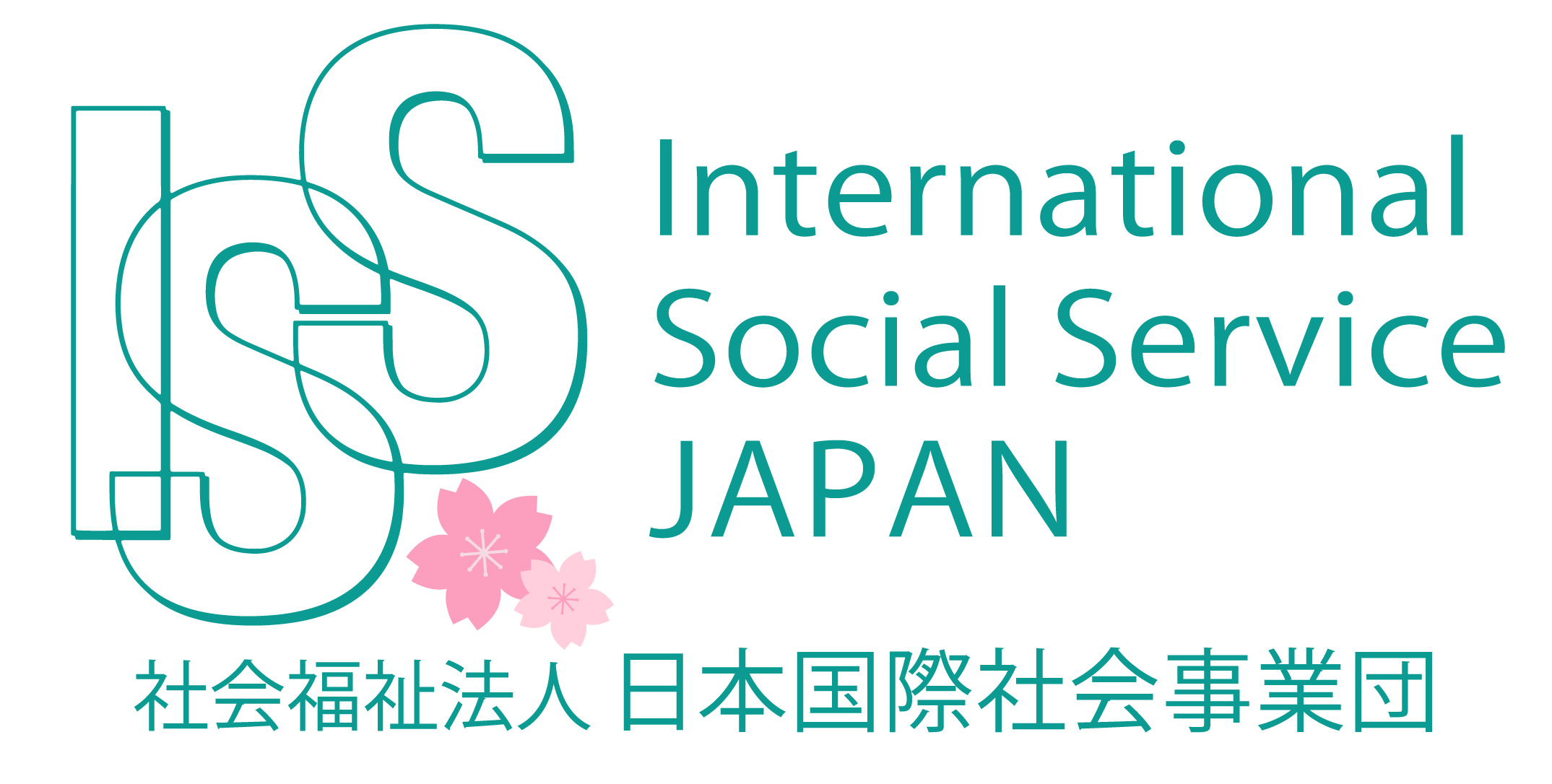Social attitudes and legal frameworks regarding adoption as a way to support children have changed throughout history.
- Circumstances in Japan After World War II
- Adoption Under the Civil Code
- 1987 – Start of the Special Adoption System
- 2018 – Act on the Protection of Children Related to Adoption Mediation by Private Agencies
Circumstances in Japan After World War II

In post-World War II Japan, poverty and family circumstances made it difficult for many families to care for their children, and some handed their children over to infant’s homes or children’s homes. Additionally, children born to Allied soldiers and Japanese women under the Allied occupation from 1945 to 1952 were looked at with distrust, referred to as “mixed-blood kids,” and subjected to discrimination. Therefore, some of the facilities to which such children were entrusted believed that the children would lead happier lives if they were adopted and raised abroad. (Today, the term “mixed-blood kid” is considered a discriminatory term; we use it here to describe the circumstances at the time.)
Adoption Under the Civil Code

A notice by Dr. Noboru Kikuta, an obstetrician and gynecologist in Ishinomaki City, Miyagi Prefecture, was published in the Ishinomaki Hibi Shimbun and Ishinomaki Shimbun on April 17, 1973: “Urgent! Seeking a newborn baby boy to raise as my own.” Kikuta had been persuading women who wanted abortions to give their children up for adoption instead, in an effort to prevent the loss of these children’s lives and find comfortable living environments. In reality, what he was conducting were “straw bed adoptions,” whereby the child that was born would be registered as the child of the adoptive parents in their family register from the start, without undergoing the adoption procedures. We now know that straw bed adoptions were practiced not only by Dr. Kikuta, but in places throughout Japan. The reasons for this varied, from wanting to hide the pregnancy from family or those around them, to knowing it would be difficult for them to provide for the child. Some did not want to add a child to their family register.
When giving a child up for adoption through official means, the child, once born, must first be placed in the birth parents’ family register. Family registers are used in Japan to register and notarize a person’s family relations from when they are born to when they die. Family register affairs are conducted by municipalities, and in the past were generally open to the public, which meant that anyone could pay a handling fee to view someone else’s family register and request a certificate of the family register or certificate of individual records. A 1976 amendment of the law abolished this open-viewing system, requiring those requesting a certificate of family register or certificate of individual records to give a reason for doing so. Even then, however, there was no end to the misuse of this system, with many obtaining unauthorized copies of others’ family registers. (The 2007 amendment to the law tightened the requirements and procedures for requesting a copy of a third party’s certificate of family register.) Thus, in an era when family registers could be seen by anyone, straw bed adoptions were the only method available to those who wanted to conceal their pregnancies and keep it hidden from their family registers.
Reference: Nihon no Kazoku to Koseki (Family and Family Registry in Japan) [2019], Miyuki Shimoebisu, University of Tokyo Press
1987 –
Start of the Special Adoption System

Over 35 years have passed since the special adoption system was established in 1987. Special adoptions have come to be featured in various forms of media, and it has become more and more common to hear the word “adoption.” There was once a time when being adopted was viewed as a secret that one would carry to their grave. In fact, it is only just recently that adoptions for child welfare based on “telling,” or informing the child of the history of their birth parents and adoptive parents, have come into practice in Japan.
An adoption agency conducted a survey of adoptive parents who had adopted a child between December 1992 and December 2009. A total of 175 people responded to the survey, out of 335 possible pairs. Under the “Telling” section of the survey, 44 adoptive parents said they had already told their child, while 64 said they would do so in the future. This accounted for about a third of all respondents. 17 pairs said they would not tell their child that they were adopted, and 18 said they were still deciding what to do. The opinions voiced by those who did not intend to tell their child included, “I think the reason we don’t want to tell them is because we really want them to think of us as their real parents” and “We won’t tell them. We went through the process of special adoption so my child wouldn’t be subjected to this mental stress in the future, and I consider them to be my biological child.” It is evident that these parents have chosen not to tell their child of their adoption because they want to think of the child as their own biological child. Some who intended to tell their child in the future said they would want to tell them at some sort of milestone, for instance at 12 or 18, instead of earlier on: “I think the two of us will tell them around when they turn 12” and “After puberty, if possible. We want to avoid doing anything deliberate that would upset them while they’re still under our care.” This is a valuable document that shows how adoptive parents’ attitudes towards “telling” have gradually changed over time.
Reference: 堀章一郎編『岡山県ベビー救済協会20年の歩み』、岡山県ベビー救済協会、2011年
2018–
Act on the Protection of Children Related to Adoption Mediation by Private Agencies (Adoption Mediation Act).

Currently, adoption mediation services are provided by Child Guidance Centers nationwide, as well as private mediation agencies (private mediation offices) licensed under the Act on the Protection of Children Related to Adoption Mediation by Private Agencies (Adoption Mediation Act).
